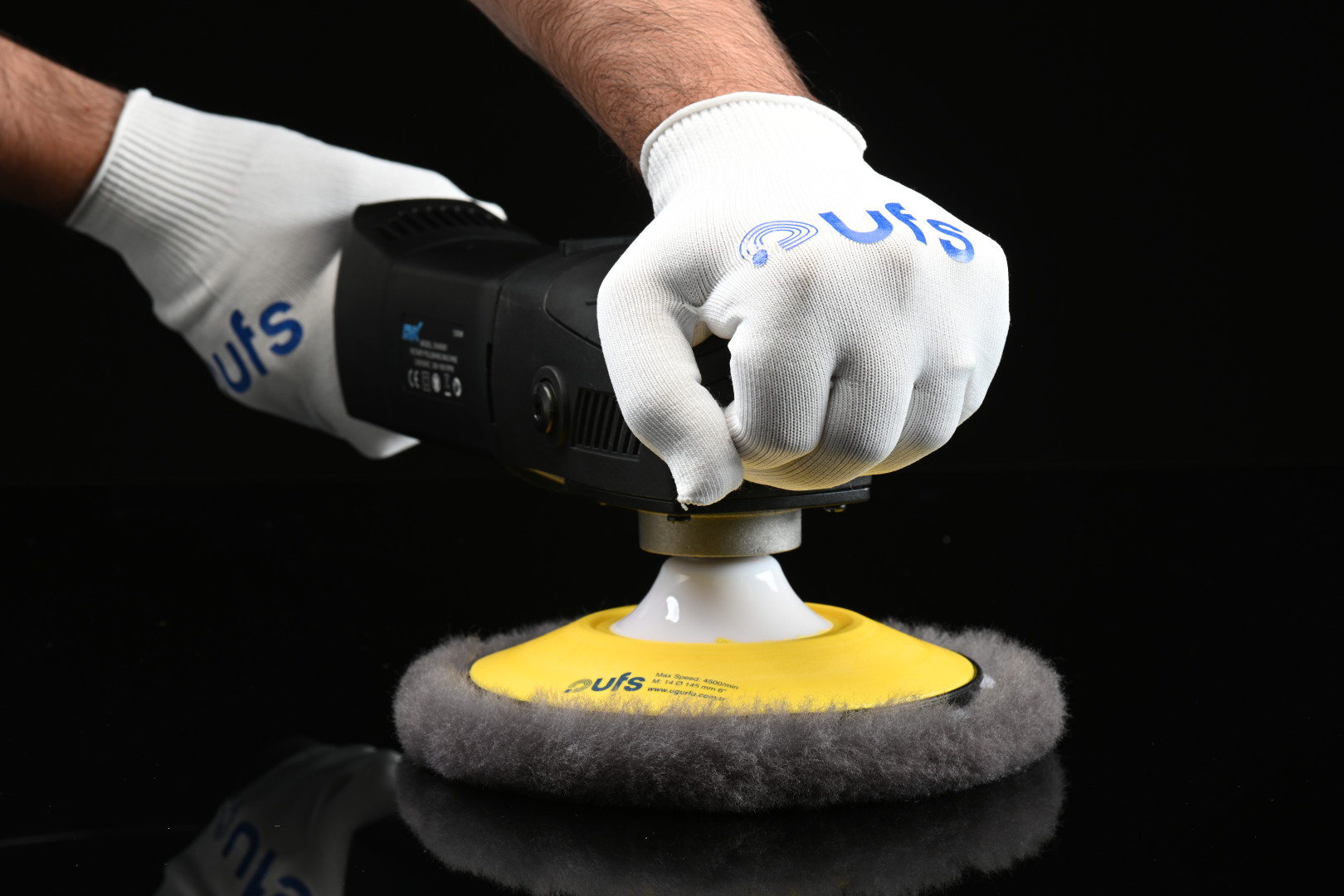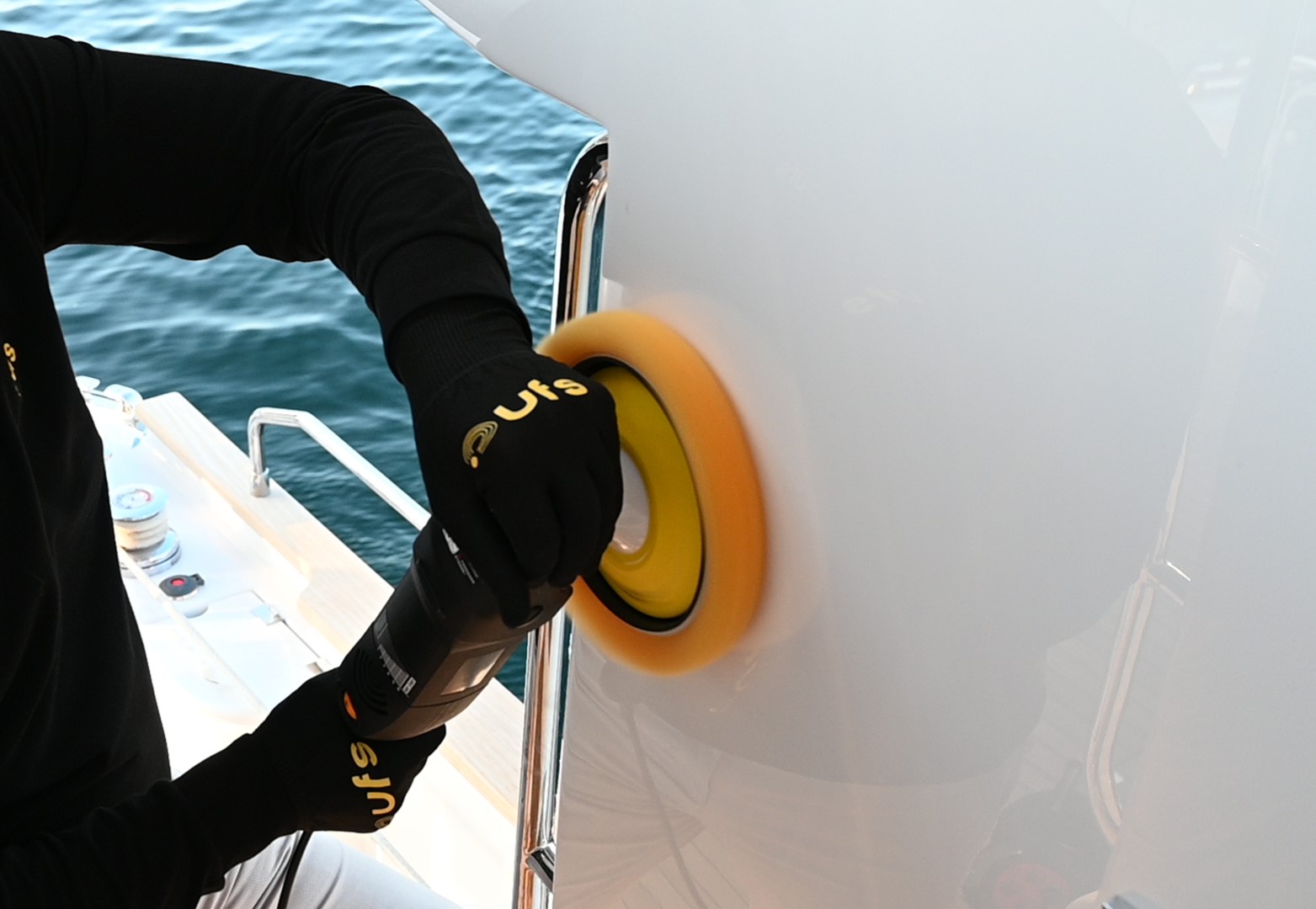
Paint protection is an important process that protects a vehicle's paint from various external factors. This article will examine in detail what paint protection wax is, how it is applied, and why it is important for vehicles.
What is Paint Protection?
Paint protection is a process that protects a vehicle's paint from environmental factors, chemicals, and physical damage. This process is vital for maintaining the aesthetic appearance and value of the vehicle by protecting its paint. Automotive paint protection is typically achieved by applying a special coating or wax to the exterior surface of the vehicle. This protective layer makes the vehicle's paint more resistant to harmful external elements such as UV rays from the sun, acid rain, and bird droppings.
This process provides an extra layer of protection against prolonged exposure to environmental conditions. For example, for vehicle owners living near the coast, it creates a defense against corrosion caused by salty air conditions. Similarly, in busy city life, vehicles are often exposed to factors such as acid rain, bird droppings, and road salt. The paint protection process helps to mitigate these harmful effects and maintains the paint's long-lasting shine by protecting it.
What is Paint Protection Wax?
Paint protection wax is a layer applied to a vehicle's paint that contains silicone, synthetic polymers, or other protective substances. This wax is applied directly to the vehicle's paint, adding an extra protective layer to the surface. The main purpose of paint protection wax is to preserve the paint's shine and new appearance for a long time. Additionally, these waxes protect the paint from minor scratches and light damage, enhancing the vehicle's aesthetic value.
Paint protection wax makes it easier for dirt and water to slide off the vehicle's surface, making cleaning easier. This feature helps the vehicle stay clean, especially in rainy and dirty environments. The wax also gives the surface a glossy appearance, reviving the paint color. Once applied, paint protection wax remains effective on the vehicle's surface for a long time, helping it look new for years.
What is the Purpose of Paint Protection?
The primary function of paint protection is to protect the vehicle's paint in the long term. Car paint protection wax helps preserve the vehicle's value and increase its resale value. Paint protection prevents issues like fading and oxidation by protecting the vehicle's paint from harmful UV rays, acidic rain, salt, and other environmental factors. Additionally, the paint job is cleaner and easier to maintain because dirt and other external factors do not adhere to the paint's surface.
This process also protects the vehicle's paint from minor scratches and wear. In daily use, vehicles are exposed to various physical factors, which can cause small scratches and damage to the paint. Automotive paint protection wax reduces such minor damage, keeping the vehicle's paint looking new for longer. Additionally, this process makes cleaning the vehicle easier and reduces the need for paint maintenance.
How is Paint Protection Applied?
Applying paint protection wax involves critical steps to protect and enhance the durability of the vehicle's paint. This process begins with thoroughly cleaning the vehicle's surface. This cleaning phase is necessary to completely remove dirt, oil, and other foreign substances from the paint. The cleaning process ensures that the paint has a smooth and flawless surface, allowing the paint protection wax to be applied more effectively.
After the cleaning process, the vehicle's surface is made dry and dust-free. This is important for a smooth and even application of the wax. The paint protection wax is selected and applied to the surface using a special microfiber cloth or applicator. The wax is gently rubbed into the paint in circular motions, spreading evenly across the surface. This application ensures that the wax layer adheres fully to the surface, providing maximum protection.
How to Apply Paint Protection Wax?
The application of paint protection wax adds an extra layer of shine and protection to the vehicle's surface. Vehicle paint protection wax first requires the vehicle's surface to be clean and dry. Paint protection wax is usually applied to the surface using an applicator or microfiber cloth. The wax is rubbed into the vehicle's paint in circular motions, spreading evenly to form a thin protective layer.
During the wax application, an equal amount of product should be applied to every part of the surface. This ensures uniform shine and protection across the entire surface. The drying time of the paint protection wax may vary depending on the type of product. Generally, the wax is allowed to dry on the surface for a certain period, ensuring it fully adheres to the paint and provides maximum protection. After the drying process is complete, any excess wax residue is gently wiped off with a clean microfiber cloth.
What Materials Are Used for Paint Protection?
The materials used for paint protection are crucial for the effectiveness of the process and the quality of the result. Essentially, choosing a high-quality paint protection wax is important. This wax usually contains high-quality polymers, silicone, or other protective substances. The choice of wax can vary depending on the type of vehicle's paint and the owner's protection expectations.
Other important materials used in this process include high-quality microfiber cloths and applicator pads. Microfiber cloths are used to remove excess wax during and after application. Their soft structure provides effective cleaning without damaging the paint. Applicator pads are used to ensure the wax is evenly spread on the surface and applied in a thin layer. Additionally, high-quality car shampoos and surface cleaners used to clean the vehicle's surface are also important.
Is Paint Protection Beneficial?
Getting paint protection is beneficial in many ways. Firstly, this process protects the vehicle's paint from environmental factors. Factors like UV rays from the sun, acid rain, and road salts can cause the paint to fade and dull over time. Paint protection wax reduces these effects, preserving the paint's shine and color. Additionally, waxed surfaces retain less dirt and water, making the vehicle easier to clean and reducing the frequency of washing.
Paint protection also increases the resale value of the vehicle. Well-maintained paint greatly contributes to the overall appearance and aesthetic value of the vehicle. The new and shiny look of the vehicle's paint makes a positive impression on potential buyers and increases the vehicle's market value. Therefore, regular paint protection and maintenance is an effective investment for preserving the vehicle's appearance and saving money in the long term.
Frequently Asked Questions About Paint Protection Wax
Does paint protection wax remove scratches?
Paint protection waxes can hide or reduce small scratches and surface blemishes, but they do not completely eliminate deeper scratches. These waxes form a thin layer over scratches, enhancing reflection and shine, thereby reducing the appearance of scratches.
Does paint protection wax protect from the sun?
Yes, most paint protection waxes provide UV protection, safeguarding the vehicle's paint from the harmful effects of the sun. This helps prevent the vehicle's color from fading and keeps the paint looking new for longer.
How long does paint protection wax last?
The longevity of paint protection waxes can vary depending on the product and external conditions. Generally, these waxes provide protection for a few months to a year. With regular application and proper care, this duration can be extended.
Does paint protection wax thin the paint?
No, paint protection waxes do not thin the paint. In fact, these waxes add an extra protective layer on top of the paint, shielding it from environmental factors. However, it is important to apply the wax correctly; excessive or improper application can damage the paint.


.JPG)
.JPG)
